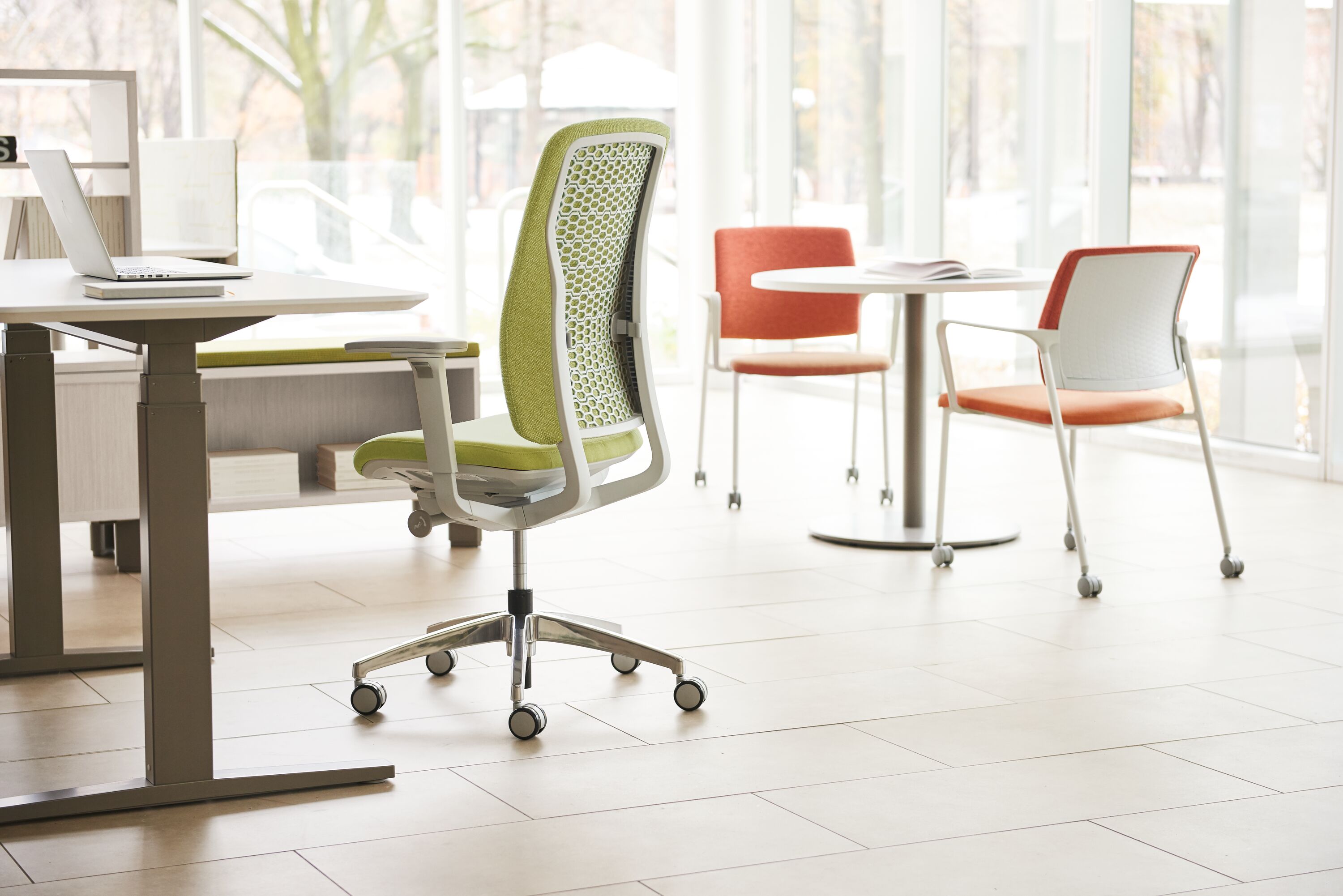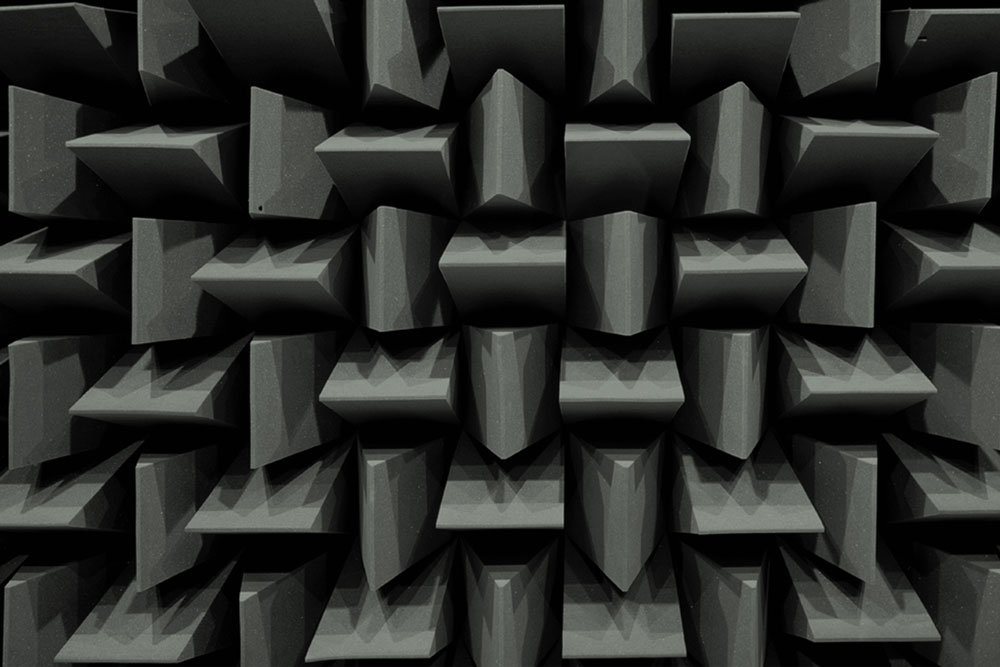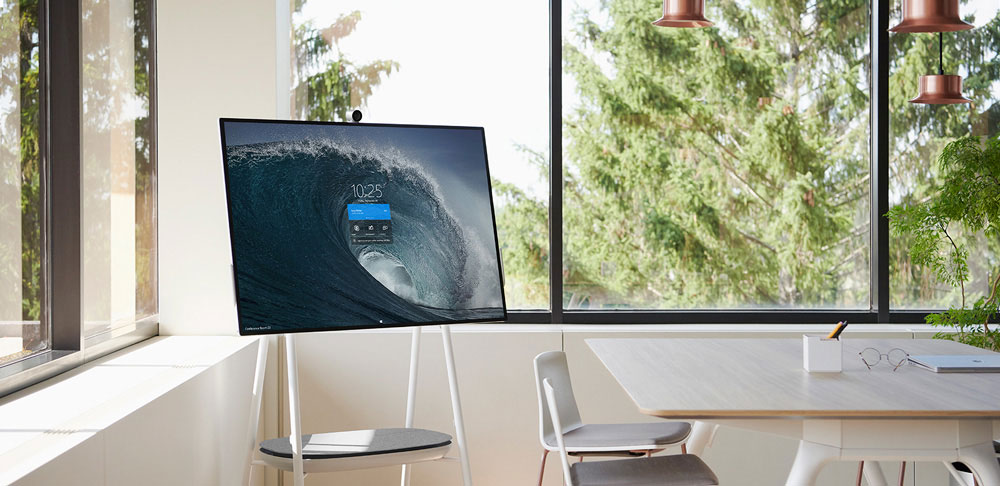Details
The Base-ics of Office Furniture
05 Jul 2016We’ve mentioned before how important details are to the overall office furniture products. Every small nook and corner contribute to the overall appeal of the product, besides the it’s functionality.
Our focus, this time, is on Base(s). Beyond the obvious nylon, aluminum and chrome finishes that we know from a finish and value engineering stand-point, how much do we actually know about bases ?
The Differences between Nylon, Polished Aluminum & Chrome
Nylon - For those of you who’re wondering when ‘Nylon’ became standard - what you and probably a lot of other have been referring to as ‘Plastic’ is actually Nylon. Plastic is the generic name and Nylon is the sub-class of materials under it.
Nylon almost always comes in standard black. Although we’ve seen a few manufacturers go the extra mile and provide color options on the nylon as well ( with a price increase, of course ). Nylon is brittle and cannot resist hard impact like polished aluminum or chrome, which is almost certainly cause it to chip off. Scratches are also evident if not maintained properly.
Polished Aluminum - Being lighter, more durable and cheaper to process and refine, makes Aluminum a preferred choice for furniture manufacturers. The Aluminum that’s been molded into the base shape isn’t yet free from imperfections like scratches and rust. Polishing is the process where the aluminum part is cleaned ( sometimes mechanically) sanded down and wiped off using a polishing cream to give that shine. The process is almost always coated with a clear coat to protect the finishes.
Polished aluminum is duller than chrome and the shine wears over time. There are instances where you can spot the grain on the base. If not taken care of, scratches appear after a while due to the clear coat wearing off.
Chrome - The process of dipping or electroplating a thin layer of chromium onto the surface of another material is called Chroming. That finished shiny finish you see on your product is what we generically call ‘Chrome’ finish. Chromium is more expensive but is far more resistant to corrosion and abrasion. Its surface also displays a far more brilliant shine than aluminum, almost mirror-like.
You telling the difference by looking out for the smooth, scratch free surface and that mirror like shine I mentioned. Chrome will also last longer without losing its shine or will show any scratches.
Did you know ?
Most manufacturers don’t even provide a chrome option for their bases. The entire process poses an environmental hazard and has to be regulated under strict guidelines. If not disposed of properly, the metal enters natural water sources and streams and has proven to be toxic and dangerous to health.
Price considerations
As you’ve noticed, with each material comes a significant increase in finish quality and resistance. With the move from nylon to polished aluminum to chrome, you’ll most likely see an increase between 10 to 20% in the price of the product.
While it's tempting to buy or specify these for every product, your budget may simply not allow it. When it comes to quantity, task chairs generally take the lead. So your choice of base will most definitely make a dent in your spending. Polished Aluminum and chrome finishes look best in executive offices and boardrooms. Functionality needs to be the key driver of your choice.







